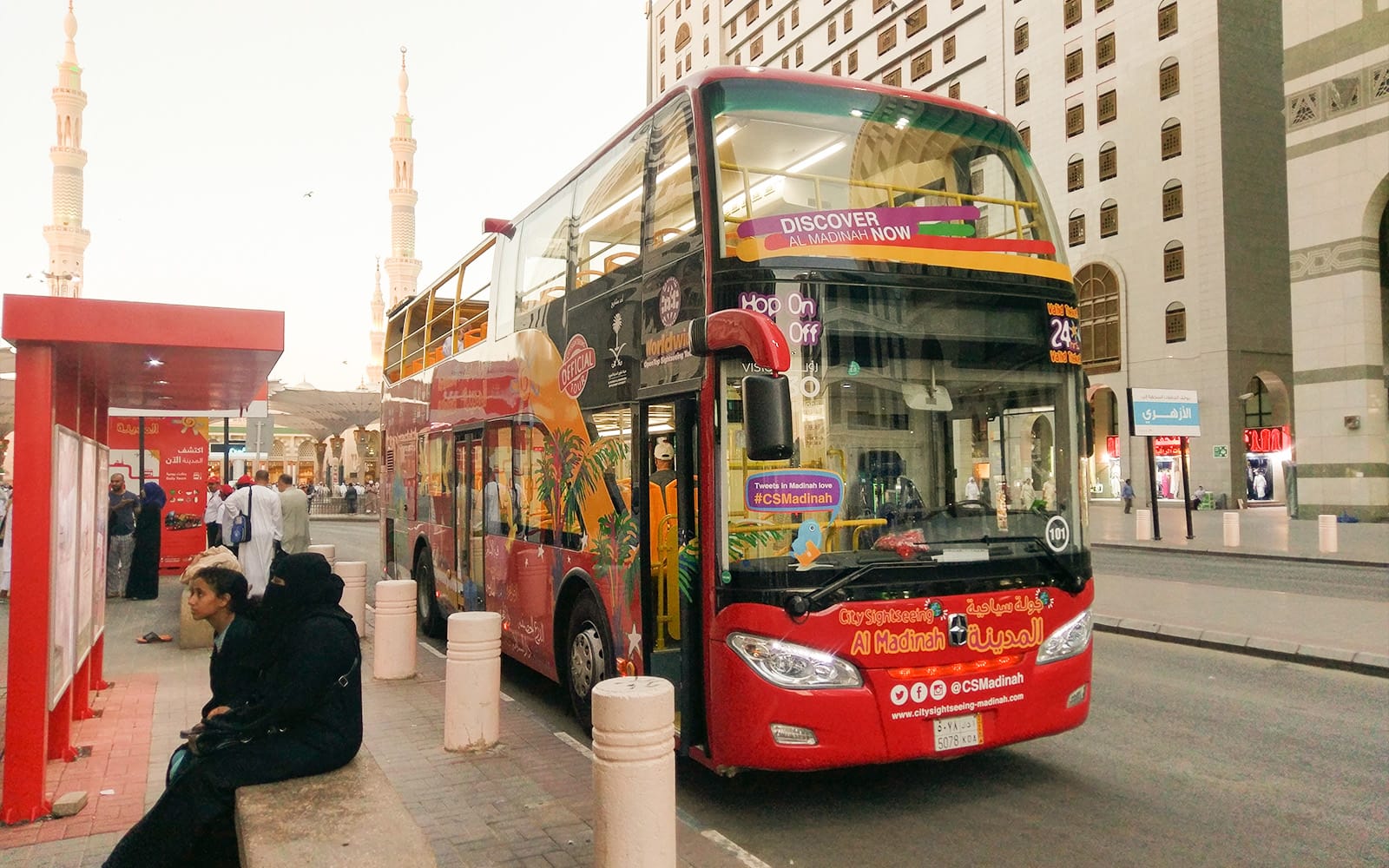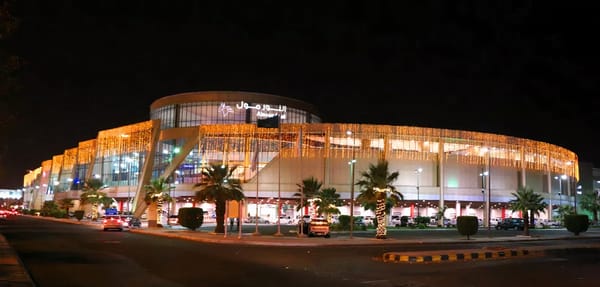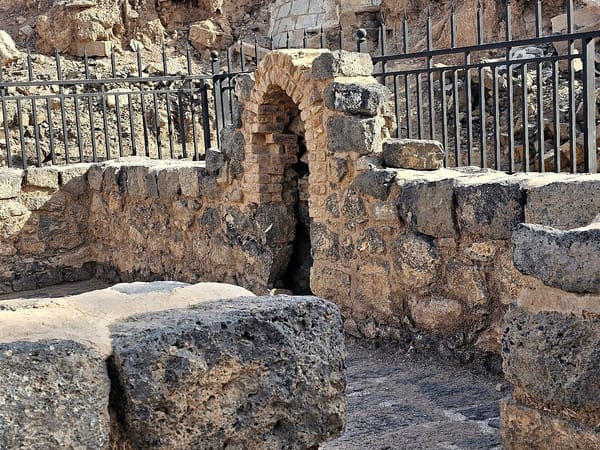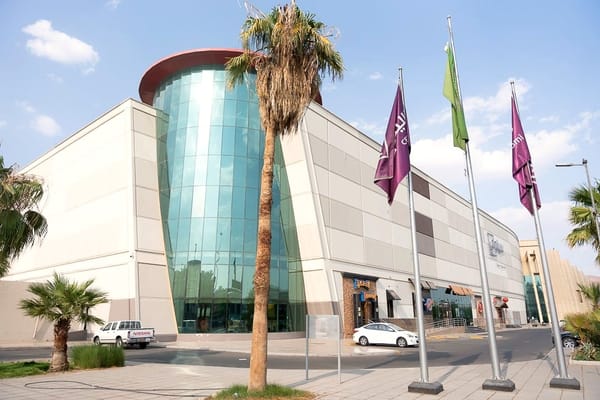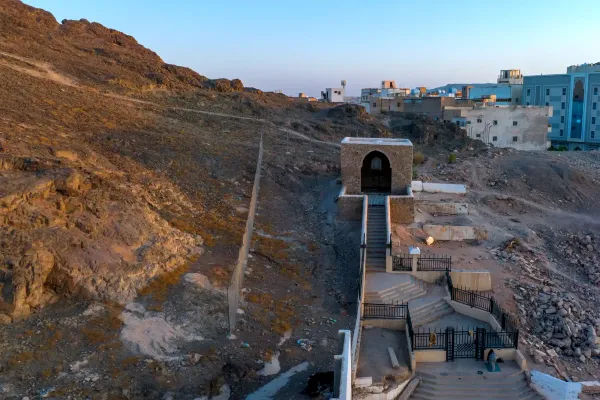Want to explore Madinah's most iconic landmarks without the hassle? Jump on the Hop-On Hop-Off Bus and discover historical sites at your own pace. With two routes, 12 major stops, and insightful audio commentary, this tour makes discovering Madinah effortless and enriching.
From the sacred Masjid-e-Nabawi to the historic Battle of Uhud site, each stop has a unique story to tell. Stay cool with complimentary water, stay connected with free Wi-Fi, and enjoy the comfort of double-decker buses with a panoramic view from the top floor.
Hop-On Hop-Off Bus Routes & Timings
The Madinah Hop-On Hop-Off Bus operates on two routes, covering the city’s most significant sites.
🟢Green Route
Schedule: 6:15am - 8:45pm
This route covers Madinah’s most sacred and spiritual sites.
🔴Red Route
Schedule: 6:15am - 8:45pm
This route explores historic battlefields, cultural landmarks, and shopping areas.
Each full loop takes approximately 60 minutes, and buses arrive every 30 minutes, allowing you to hop on and off at your convenience. The tour starts near Gate 333 of Masjid-e-Nabawi, next to the Madinah Sofitel Hotel, serving as the main terminal for the Hop-on Hop-off service. Ticket prices are 80 riyals for adults, 40 riyals for children, and 200 riyals for a family package.
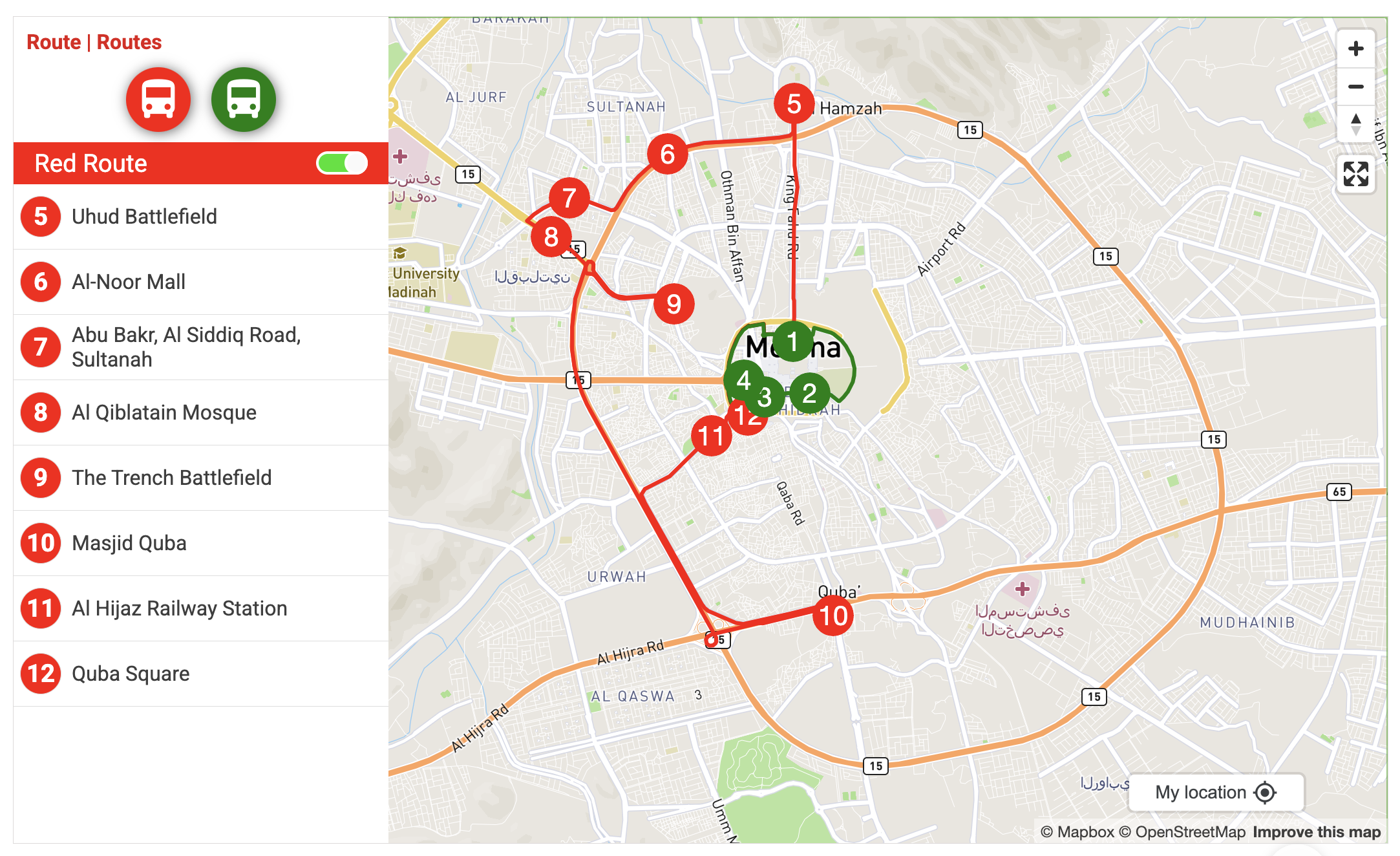
Let's dive into the must-visit stops along both routes and the rich history that makes each one worth a visit.
Green Route: A Walk Through Madinah’s Spiritual Heart
1. Masjid-e-Nabawi
The heart of Madinah and one of the holiest sites in Islam, Masjid-e-Nabawi (The Prophet’s Mosque) is a destination of profound spiritual significance. It was originally built by the Prophet Muhammad (ﷺ) himself after his migration to Madinah in 622 CE. Over the centuries, it has undergone numerous expansions, with the current structure standing as a magnificent example of Islamic architecture. The mosque houses the tomb of the Prophet Muhammad (ﷺ), making it a key pilgrimage destination for Muslims from around the world.
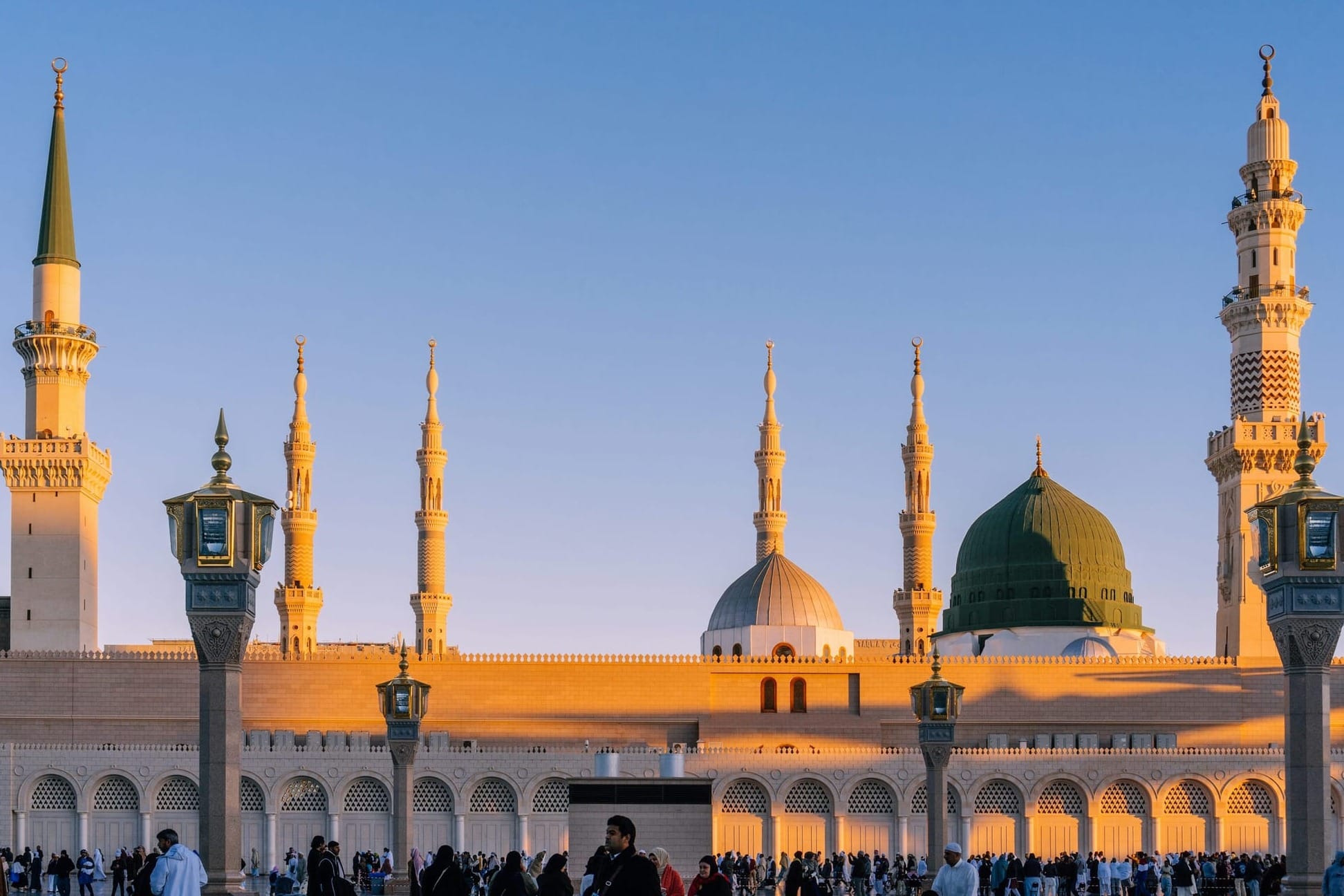
2. Al-Baqi Cemetery
Located next to Al-Masjid an-Nabawi, Al-Baqi is the final resting place of many of Prophet Muhammad’s (ﷺ) companions, including his wives, daughters, and close associates. The cemetery holds deep religious significance, as it is the final resting place of those who played pivotal roles in the early days of Islam. For many pilgrims, visiting Al-Baqi is an opportunity to pay their respects to the foundational figures of the Muslim faith.
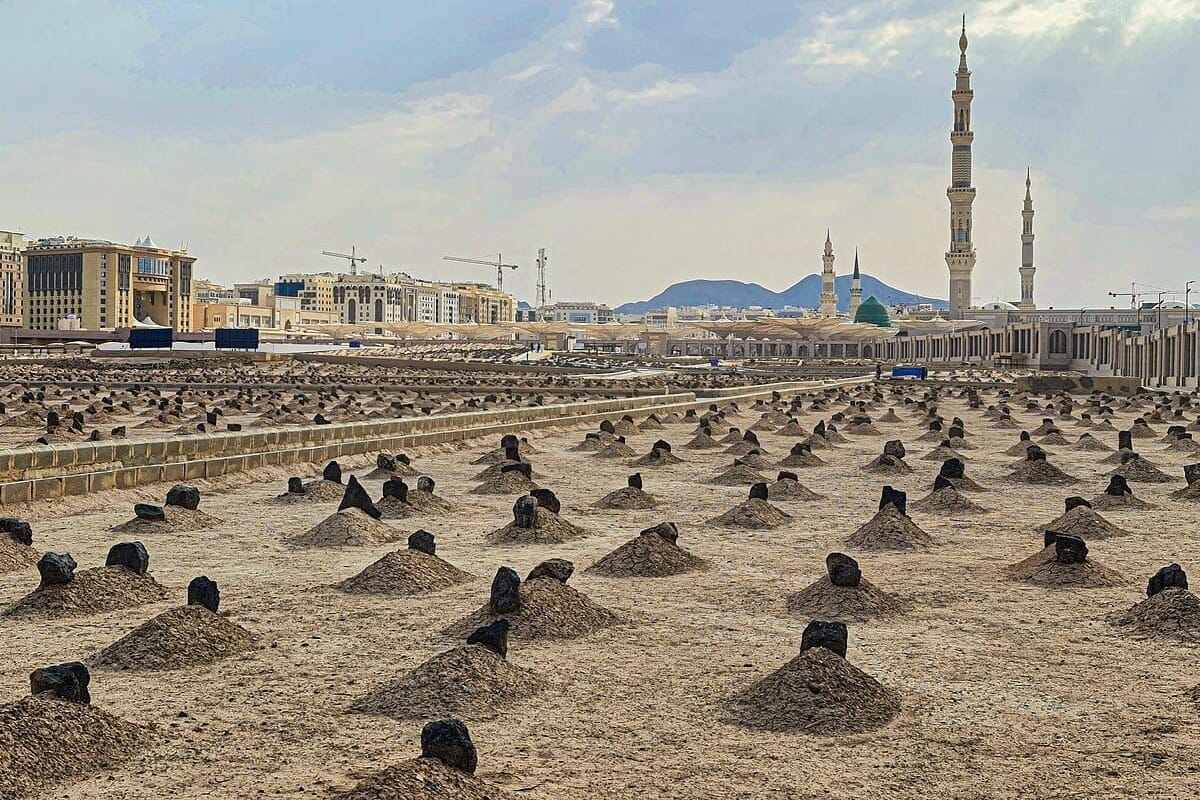
3. Al-Manakha Square
Al Manakha Square is a bustling marketplace that reflects the commercial heritage of Madinah. This vibrant area was historically a key trading hub in the city and is closely linked to the life of the Prophet Muhammad (ﷺ). During his time, Madinah was an important center for trade and commerce, and Al Manakha Square was one of the prime locations for merchants to conduct business. Today, the square continues to serve as a commercial area, though it has evolved to include modern shopping outlets while preserving the essence of its historical roots. Visitors can explore local goods, from traditional crafts to contemporary products, while absorbing the ambiance of a market that has stood the test of time.
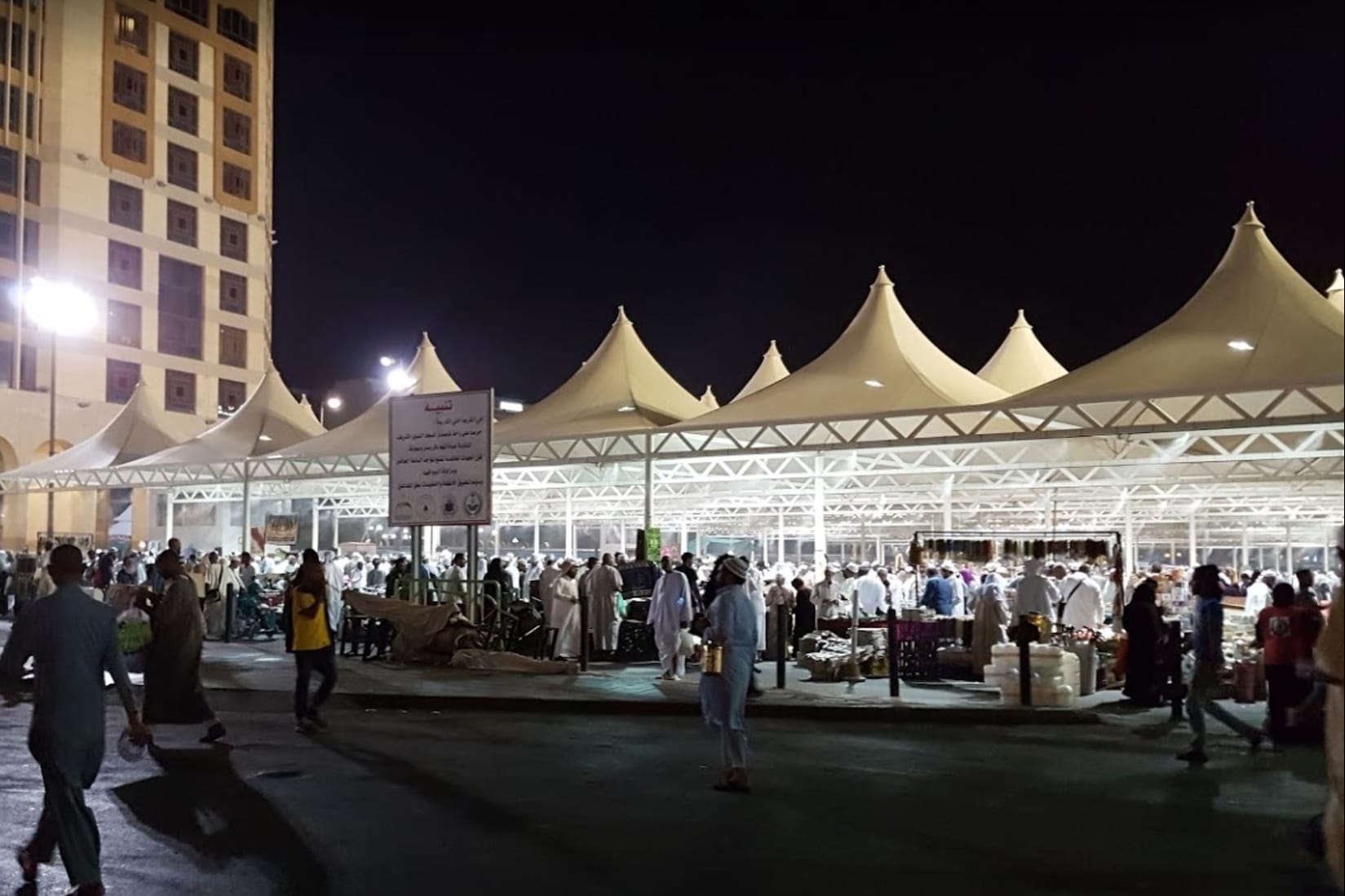
4. Al-Salam Gate
One of the grand entrances to Al-Masjid an-Nabawi, Al-Salam Gate is of immense spiritual significance. Known for its beauty and spiritual significance, the gate has long been a symbol of the welcoming nature of Madinah. In Islamic tradition, it is said that entering through Al Salam Gate is a blessed act, as it provides access to the Prophet’s Mosque, a place where prayers and supplications are magnified. Visitors often pause here to take in the view of the mosque and reflect on the historical importance of the site. Its beautifully designed architecture makes it a notable landmark in Madinah.
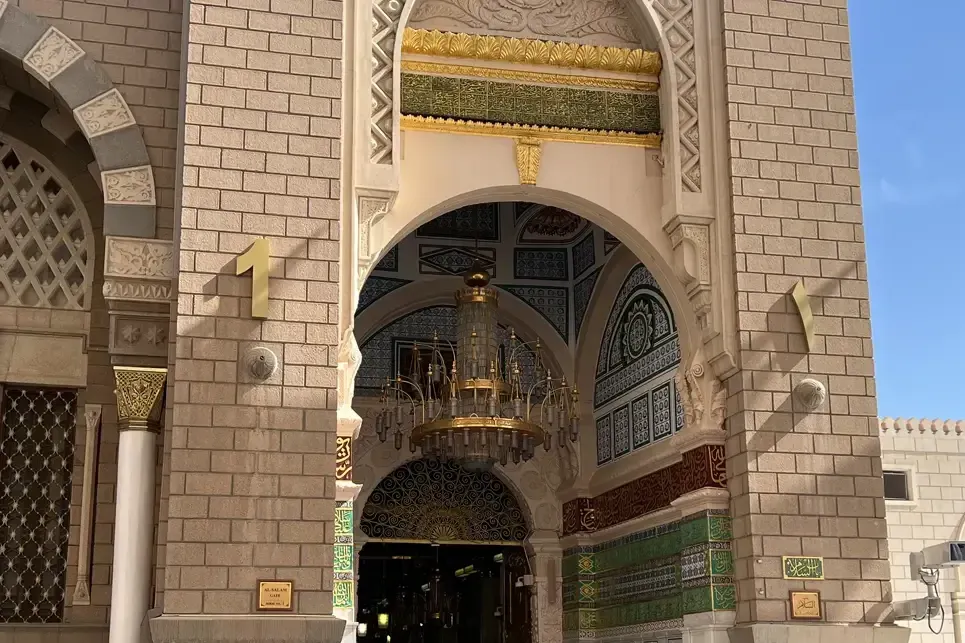
Red Route: A Journey Through History and Heritage
5. Uhud Battlefield
The Uhud Battlefield holds a place of immense importance in the history of Islam. It was here, in 625 CE, that the Battle of Uhud took place, a critical moment in early Islamic history. The battle was fought between the forces of the Prophet Muhammad (ﷺ) and the Quraysh, who sought revenge for their defeat at the Battle of Badr. Despite initial victories, the Muslims were ultimately forced to retreat, and the battle ended in a significant loss. The site is now home to a monument commemorating the martyrs who died there, including the Prophet’s uncle, Hamza ibn Abdul-Muttalib. Visitors to the Uhud Battlefield can reflect on the sacrifices made during this crucial event in Islamic history and gain a deeper understanding of the trials faced by the early Muslim community.

6. Al-Noor Mall
While Madinah is known for its historical and spiritual landmarks, Al-Noor Mall offers a modern contrast to the city’s ancient heritage. This shopping mall is a bustling hub where locals and visitors alike can enjoy contemporary retail experiences. With a wide range of shops, restaurants, and entertainment options, Al-Noor Mall offers a unique opportunity to explore the more modern aspects of Madinah. While shopping and dining may be the main attractions here, visitors can also reflect on the blend of the old and the new that defines the city’s character.
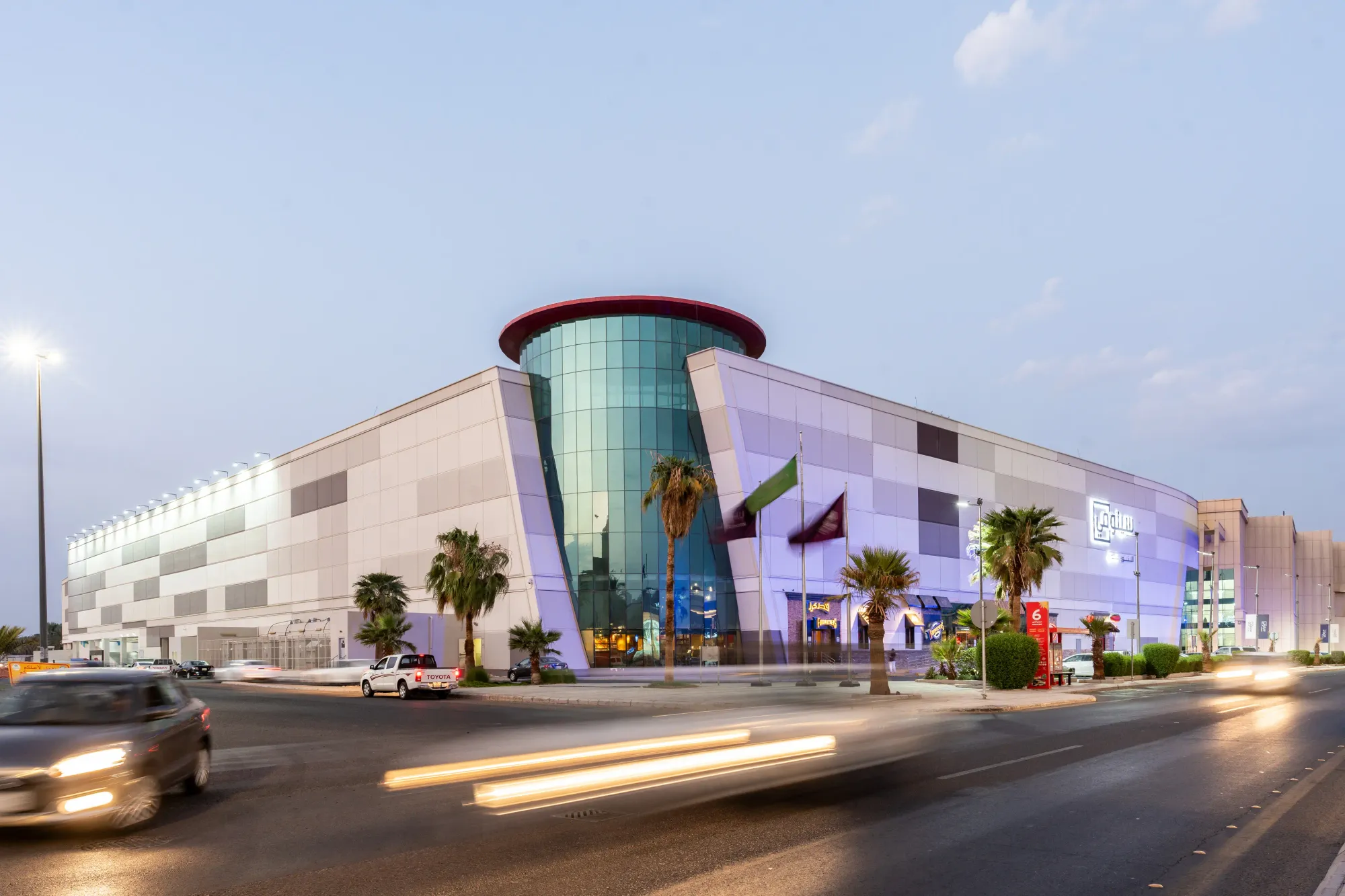
7. Abu Bakr Mosque
Masjid Abu Bakr holds a special place in the hearts of Muslims, as it is named after the first Caliph of Islam, Abu Bakr al-Siddiq. Abu Bakr was a close companion of the Prophet Muhammad (ﷺ) and played a crucial role in the early expansion of Islam. After the death of the Prophet, Abu Bakr became the first leader of the Muslim community and helped guide it through a critical period of growth. This mosque is believed to be built on the site where Abu Bakr used to reside, offering visitors a chance to connect with the city’s past leadership and governance.
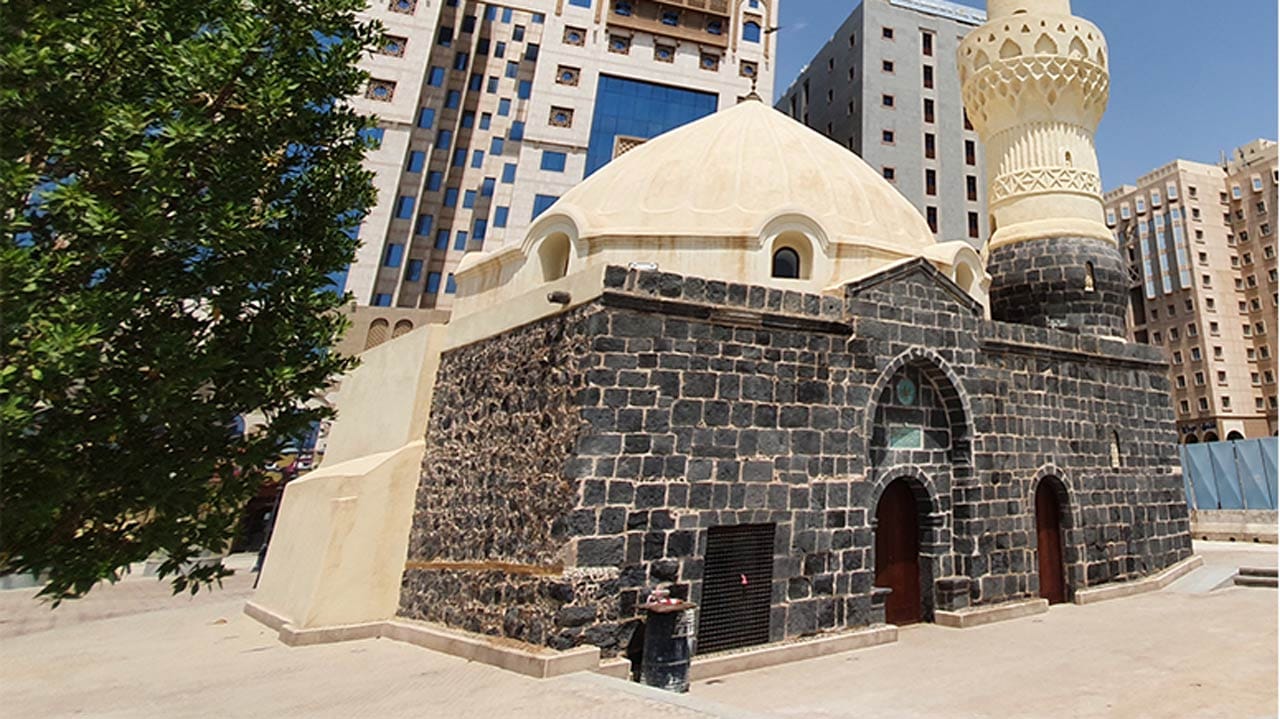
8. Sultanah & Al-Siddiq Road
Sultanah and Al Siddiq Road offer a glimpse into the vibrant everyday life of Madinah’s residents. These bustling streets are filled with shops, restaurants, and local businesses, making them a great place to experience the city’s modern charm. The roads are named after prominent historical figures, including Abu Bakr al-Siddiq, and are often busy with both locals and tourists. As you walk along these streets, you’ll encounter a mix of traditional architecture and modern structures, reflecting the city’s blend of historical significance and contemporary growth.
9. Al-Qiblatain Mosque
Al Qiblatain Mosque holds immense historical importance in the context of Islamic prayer practices. It is here that the direction of prayer (Qibla) was changed from Jerusalem to Makkah, as commanded by the Prophet Muhammad (ﷺ). This event, which took place in 624 CE, marked a significant moment in Islamic history, as it solidified the Muslim identity and differentiated the practice of Islam from that of other monotheistic faiths. Today, Al Qiblatain Mosque serves as a reminder of this pivotal moment and attracts visitors who seek to understand the spiritual and historical significance of the change in Qibla.
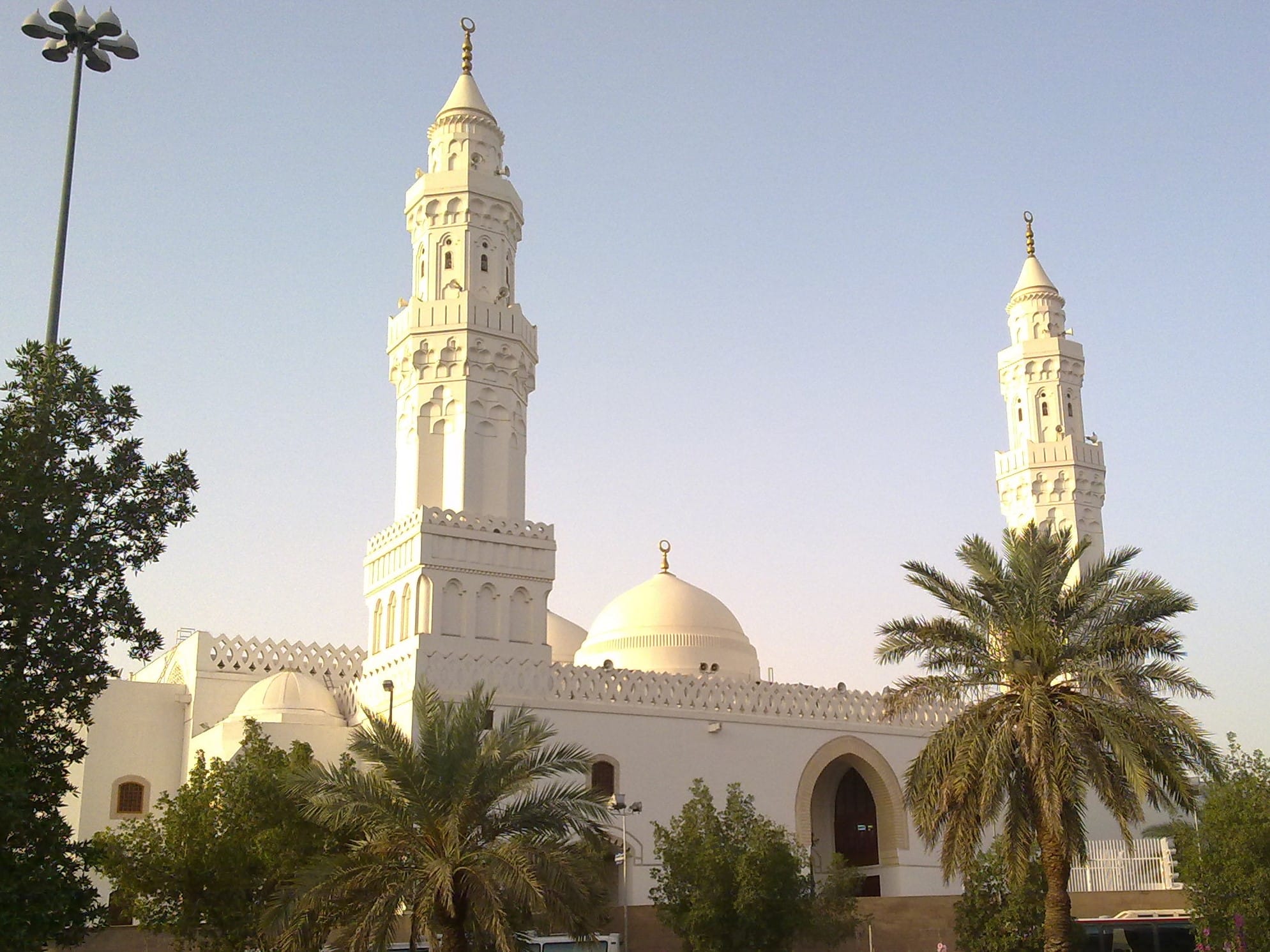
10. The Trench Battlefield
The Trench Battlefield is another significant historical site in Madinah, linked to the Battle of the Trench (Ghazwa Khandaq), which took place in 627 CE. This battle was a defensive effort by the Muslims to protect the city from a coalition of enemies. The Muslims, under the leadership of the Prophet Muhammad (ﷺ), dug a trench around Madinah to prevent the enemy from advancing. The battle ended in a decisive victory for the Muslims, and the trench became a symbol of unity and strategic ingenuity. Visiting the site offers a chance to reflect on the strategic decisions made during the battle and the resilience of the early Muslim community.
11. Masjid Quba
Masjid Quba is a mosque of immense historical and spiritual significance. It is the first mosque ever built in Islam, and its construction took place shortly after the Prophet Muhammad’s (ﷺ) migration to Madinah. The mosque was initially built by the Prophet himself and his companions and continues to stand as a testament to the humble beginnings of Islam. The Prophet Muhammad (ﷺ) is reported to have said that praying at Masjid Quba brings the reward of an Umrah. Today, it remains a place of peace and reflection, drawing pilgrims who seek to connect with the roots of their faith.

12. Al Hijaz Railway Station & Quba Square
The Hijaz Railway Station is a relic of the Ottoman Empire, representing a pivotal moment in the history of transportation in the Arabian Peninsula. The railway line, which once connected Madinah to Damascus, was a crucial part of the Ottoman Empire’s efforts to modernize the region. Today, the station stands as a historic landmark, with its Ottoman-era architecture and remnants of the railway still visible. Visiting the Al Hijaz Railway Station offers a unique glimpse into the region’s past and the role of the railway in shaping the development of the Arabian Peninsula. Nearby, Quba Square serves as a lively cultural and social gathering spot, offering an authentic local experience.
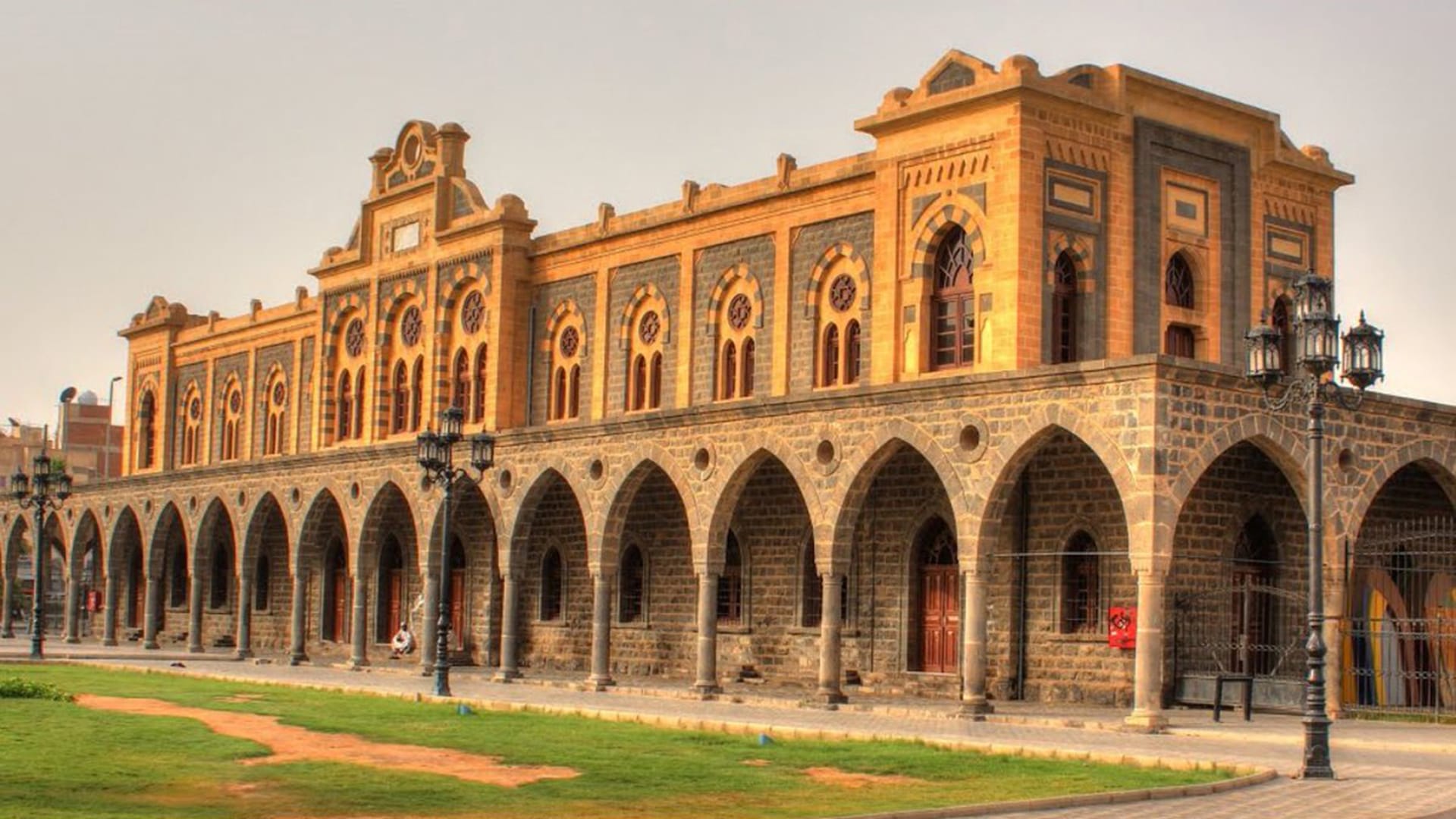
Tips for Making the Most of Your Bus Tour
- Start Early: Beat the crowds by starting your tour early to make the most of the full bus schedule.
- Plan Your Breaks: Pause at landmarks like Al-Baqi Cemetery or Al-Qiblatain Mosque to enjoy the surroundings without rushing.
- Respect local customs: Dress modestly and be mindful of prayer times, as attractions may close briefly.
Traveler Testimonials
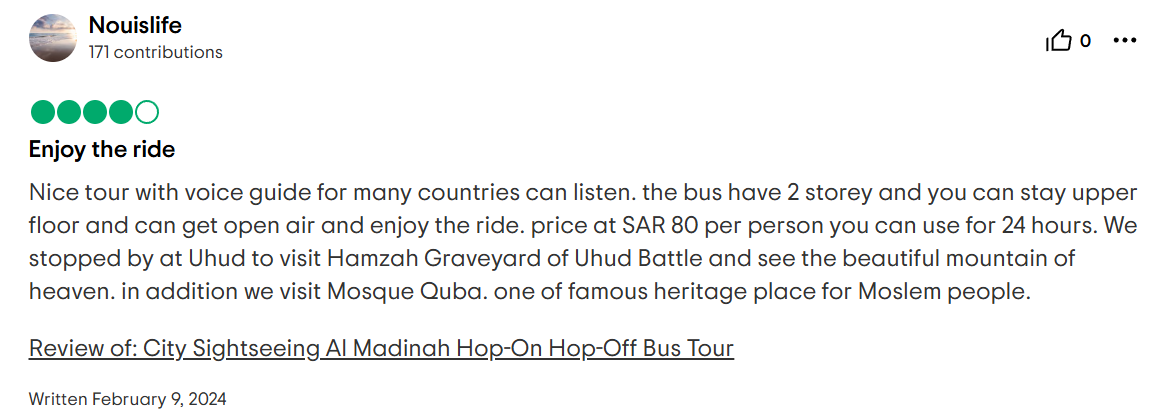
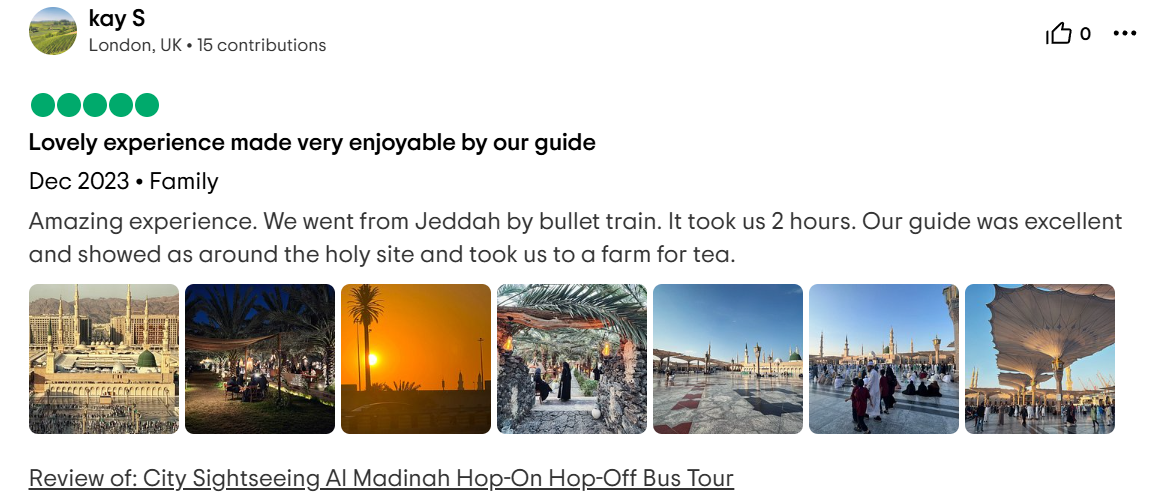

Ready to discover the treasures of Madinah? Book your ticket today and embark on an unforgettable journey through the heart of the city!
May your visit to Madinah bring you closer to peace and purpose.

